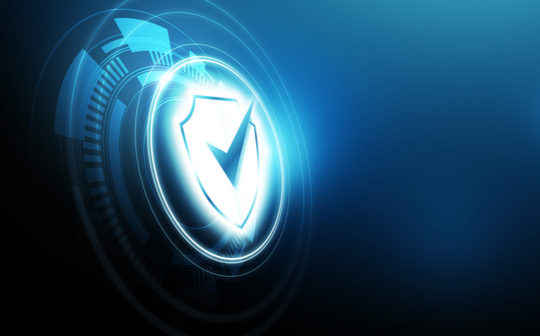
Jabra has announced the Engage 65 and the Engage 75 DECT wireless headsets have been certified by the Australian Certification Authority (ACA) of the Australian Signal Directorate (ASD).
The devices have been assessed using the Australian government’s Common Criteria evaluation and certification program at the Evaluation Assurance Level (EAL) 2 and are the only secure headsets listed on the Common Criteria’s Certified Product’s List.
The certification comes at a time when cybercrime increased by nearly 13% in the 2020/2021 financial year with Government and private sector businesses recognising the greater need for conversation security.
Over the air-pairing of wireless headset devices become a large vulnerability for stakeholders, employees, and customers during confidential calls where sensitive information and data is shared. The onset of hybrid work has evolved four key areas of vulnerability threat actors can infiltrate: Masquerade, Weak Crypto, Eavesdropping and Tampering. Each malicious approach enables threat actors to access sensitive information shared across communication platforms that can ultimately restrict business continuity.
Jabra faces these challenges head-on with its ASD certified DECT Engage devices, providing a safe choice for any business or IT department to deploy into areas where conversations are sensitive in nature and require enhanced security.
DECT security has evolved from the original security definition to new enhanced definitions called steps A, B, and C; each step offering increased security. Jabra’s Engage devices go beyond step C to achieve the strongest level of encryption of any professional headset on the market.
Jabra’s Engage range provides solid security in three steps – pairing, authentication, and encryption – to improve the protection of wirelessly connected headset calls to a category-leading level.
- The first step, Pairing, is a physical bonding of the base unit and headset. Jabra has patented ‘physical assisted pairing’ to increase security. When connected and configured appropriately the Jabra assisted pairing method occurs only when the headset is docked in the base unit, and a secret link-key is then formed when the two pair.
- At the start of the call, encryption is used to set up secure Authentication between the Engage headset and its base. A link is established using a secret key-link formed in the pairing (without this, the headset and base unit will not work together). This means that a non-paired headset cannot be used with the base unit. The authentication link is also protected by encryption. The better the encryption level, the more secure the established link.
- In calls the audio signal between the base unit and headset transports data, which is secured via Encryption. The higher encryption level, the better the protection of data. With Jabra Engage, the encryption link is renewed every minute to make decryption more difficult.
“As business models adjust and adapt to hybrid work, so must our technology,” said David Piggott, Managing Director ANZ at Jabra. “The cybersecurity landscape continues to evolve, and malicious actors continue to advance their techniques. The adoption of cybersecurity infrastructure into business streams and secure technology device counterparts must go hand in hand. Employees are discussing critical information and data as much as they are sharing it across networks, so securing these communication channels is just as important as securing any other infrastructure.”
“Jabra is proud to share our Engage 65 and Engage 75 have been certified by the Australian Signals Directorate, marking these devices as one of the more secure headsets on the market. We pride ourselves on providing our customers with deployable and effective wireless solutions on their premises and for their employees, and now is the time to engage customers with the next level of technology devices that offer patented pairing, 256-bit AES encryption, 128-bit authentication, ASD certified excellence.”





